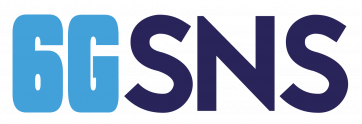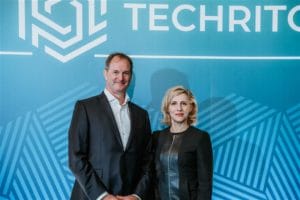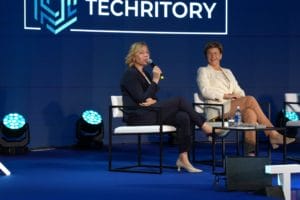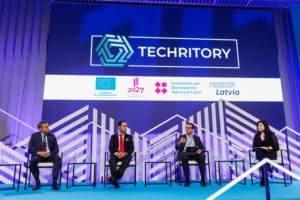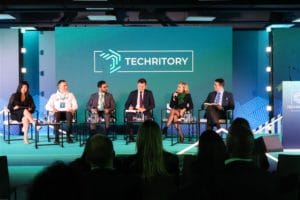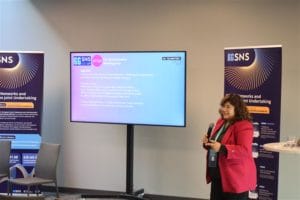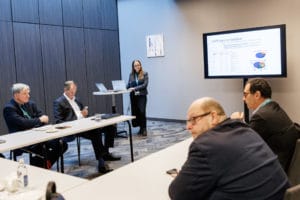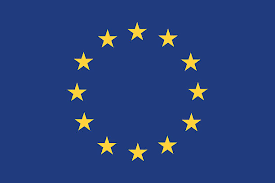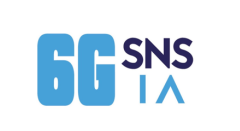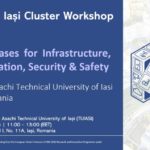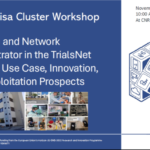SNS JU at Techritory Forum 2025
Looking back at Techritory, and Ahead to the Future
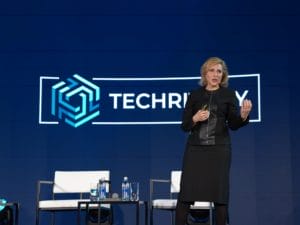
On October 22–23, Riga once again became the beating heart of Europe’s digital transformation and connectivity ambition, as more than 800 innovators, policymakers, and thought leaders gathered for Techritory Forum 2025: a two-day dialogue under this year’s theme “connected futures are shaped through digital paths”.
Amidst the high-profile speakers including Latvian Prime Minister Evika Siliņa, Minister of Foreign Affairs Baiba Braže, and Minister of Economics Viktors Valainis, senior officials from NATO, ITU, European Commission, and the OECD, this year’s spotlight wasn’t just on the stage, but on the mounting geopolitical tensions reshaping the conversation towards security and resilience. Here, innovation wasn’t just about moving forward—it was about standing guard, proving that in a world on edge, progress and protection must march in step. The gathering became more than a showcase—it was a call to action, proving that in an uncertain world, innovation is as much about protection as it is about progress. Discussions centered on advanced technologies such as drones for surveillance of critical infrastructures, fortified 5G and 6G networks, integrated sensing and communication systems, and the use of AI and quantum computing to defend against evolving threats.
When the Smart Networks and Services Joint Undertaking and its community planned their participation at Techritory this year, they had a clear mission and one unified story: to demonstrate how Europe’s path to digital independence runs through advanced connectivity, collaborative innovation, and the courage to transform research excellence into commercial success.
Erzsébet Fitori, SNS JU Executive director, captured this mission in her opening keynote address, stressing first that connectivity is at the heart of Europe’s digital transformation. Furthermore, she also stressed that 6G is not just faster connectivity, it’s the foundation for Europe’s digital sovereignty. If 5G connected, 6G will orchestrate communications, sensing, computing, and AI working as one intelligent system. She also stressed the power of collaboration as Europe’s competitive advantage. It’s how we ensure that our networks reflect our values.
Her message followed the Opening Keynote from Henna Virkkunen, European Commission Executive Vice-President for Tech Sovereignty, Security and Democracy, who emphasised AI, quantum, semiconductors, cloud, and next-generation networks like 5G and 6G are not just tools, they are very strategic assets.
Techritory Forum 2025 provided an excellent platform to engage with the SNS JU community, including representatives from DG CONNECT, the 6G Industry Association, and various SNS JU projects, all of whom actively participated in numerous sessions and panels.
A notable highlight was the session on “European Leadership in Key Digital Sectors: Driving FP10 to Success,” featuring Colin Willcock, Chairman of the 6G-IA, and Miguel Gonzalez-Sancho, Head of Unit E1 at DG CONNECT. The discussion delved into strategic pathways to strengthen Europe’s position in critical technologies such as 6G, AI, cloud/edge, semiconductors, and satellite communications.
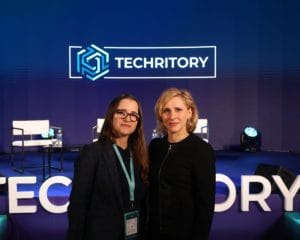 Additionally, SNS JU participated in several other sessions. These included a push for increased women’s leadership in research and pre-standardisation to influence outcomes. There was also a session on digital innovation funding, demonstrating how public-private partnerships can de-risk early research and innovation, create financial leverage, and maintain a clear path to monetisation.
Additionally, SNS JU participated in several other sessions. These included a push for increased women’s leadership in research and pre-standardisation to influence outcomes. There was also a session on digital innovation funding, demonstrating how public-private partnerships can de-risk early research and innovation, create financial leverage, and maintain a clear path to monetisation.
The Integrated Sensing and Communications (ISAC) co-creation session showcased several SNS-funded projects already in action. Participants saw demonstrations of passive sensing for presence and vital signs, cell-free localisation, UAV corridors, and industrial safety measures. The main takeaway was that the future of monetising 6G lies in Sensing-as-a-Service and outcome-based offerings, leading to fewer incidents, higher uptime, and better yields. As succinctly put by one participant: 6G won’t be sold as bandwidth; it will be sold as insight.
Overall, Techritory was a great success to underscore that Europe’s digital journey is about both values and technologies. From Riga to Brussels, the consistent message was clear: to lead globally, Europe must remain united, inclusive, and bold in its innovative pursuits.
As Erzsébet Fitori reminded us in her keynote: “The moment is now. 6G is happening today. Let’s make sure it happens the European way.”
